Dirección
304 North Cardinal St.
Dorchester Center, MA 02124
Horas laborales
Lunes a viernes: 7:00 a. M. - 7:00 p. M.
Fin de semana: 10 a. M. - 5 p. M.
Dirección
304 North Cardinal St.
Dorchester Center, MA 02124
Horas laborales
Lunes a viernes: 7:00 a. M. - 7:00 p. M.
Fin de semana: 10 a. M. - 5 p. M.

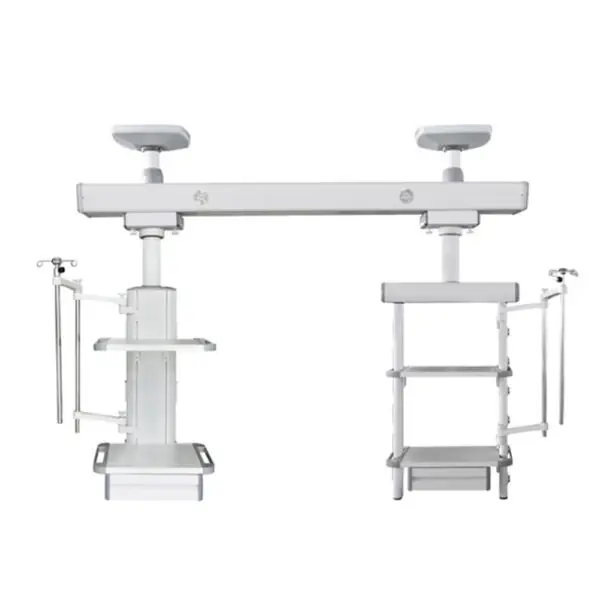
In critical care settings, ICU surgical bridges play a pivotal role in enhancing patient care and surgical procedures. This blog explores the definition, functionality, benefits, and considerations of ICU surgical bridges, providing a comprehensive understanding of their importance in modern healthcare.
An ICU surgery bridgeis a specialized medical device designed to facilitate surgical procedures directly within the intensive care unit (ICU). It integrates advanced technology and equipment to support surgical teams in delivering immediate care to critically ill patients without the need for transport to an operating room.
ICU surgical bridges typically include:
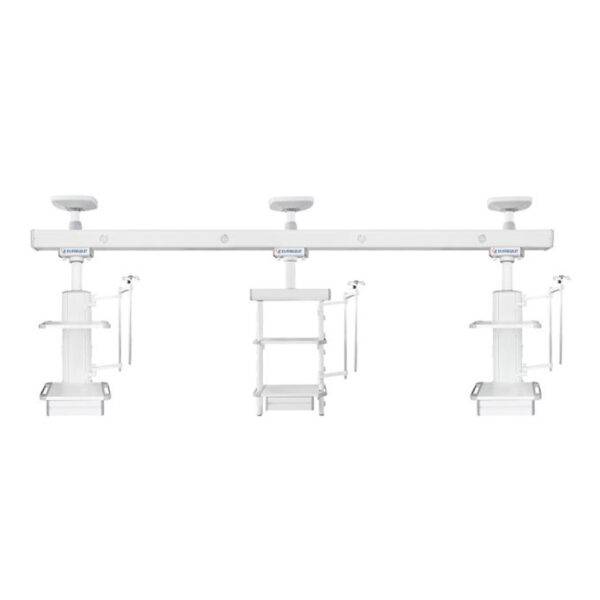

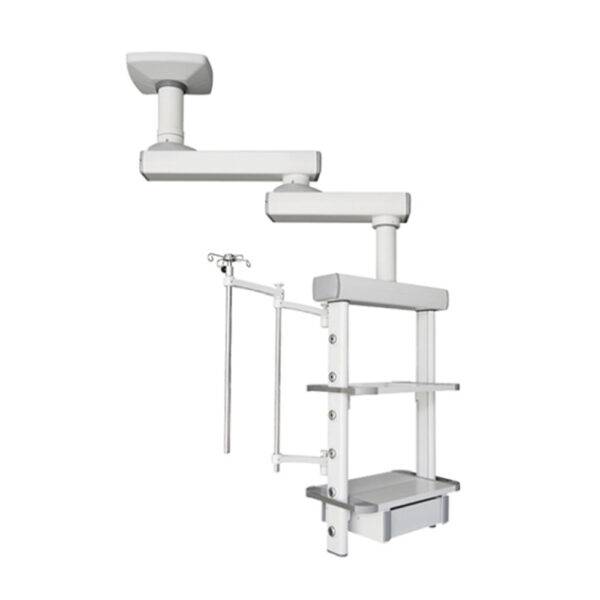


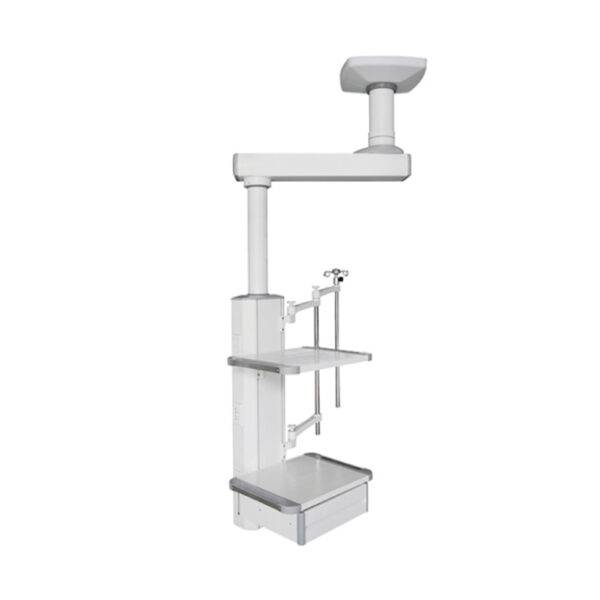
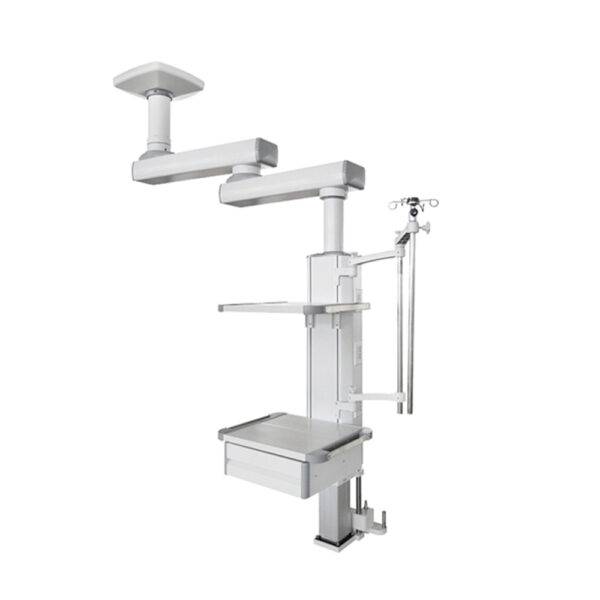
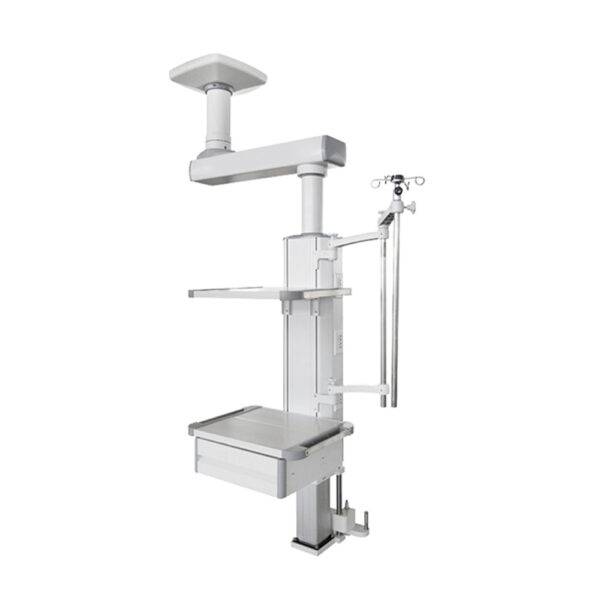
The table below highlights the key advantages of utilizing ICU surgery bridgeis in critical care settings:
| Ventaja | Descripción |
|---|---|
| Seguridad del paciente mejorada | Minimizes transport risks and optimizes care continuity for critically ill patients. |
| Immediate Intervention | Enables timely surgical procedures without delays associated with operating room availability. |
| Integrated Care Delivery | Facilitates multidisciplinary collaboration between ICU teams and surgical specialists. |
| Reduced Procedure Time | Streamlines workflow by eliminating the need for patient transfer between units. |
| Cost Efficiency | Reduces overall healthcare costs associated with ICU stays and emergency surgeries. |

Ensure compatibility with existing ICU infrastructure and equipment for seamless operation.
Provide comprehensive training to healthcare professionals on the use and maintenance of surgical bridge systems.
Adhere to regulatory guidelines and standards to ensure patient safety and quality of care.
ICU surgery bridges represent a significant advancement in critical care, offering immediate surgical capabilities within the ICU environment. By understanding their functionality, benefits, and implementation considerations, healthcare providers can enhance patient outcomes and optimize healthcare delivery in emergency situations.
ICU surgery bridgeis facilitate immediate surgical intervention without the risks associated with patient transport to an operating room. This immediacy reduces critical delays in treatment, enhancing patient outcomes, especially in emergency scenarios.
ICU surgical bridges support a wide range of bedside procedures, including minimally invasive surgeries, catheter placements, and emergency interventions. These systems are adaptable to various surgical specialties within critical care settings.
Hospitals maintain strict protocols for anesthesia delivery, instrument sterilization, and infection control when using ICU surgical bridges. These measures ensure that procedures are conducted safely and effectively within the ICU environment, minimizing risks to patients.